This article was co-authored by Peter Gardner, MD. Peter W. Gardner, MD is a board certified physician who has practiced Gastroenterology and Hepatology for over 30 years. He specializes in diseases of the digestive system and liver. Dr. Gardner earned his Bachelor’s degree from the University of North Carolina and attended Georgetown Medical School. He completed his residency in Internal Medicine and then his fellowship in Gastroenterology at the University of Connecticut. He is a previous Chief of Gastroenterology at Stamford Hospital and remains on the staff. He is also on the staff of Greenwich Hospital and New York (Columbia) Presbyterian Hospital. Dr. Gardner is an Approved Consultant in Internal Medicine and Gastroenterology with the American Board of Internal Medicine.
There are 8 references cited in this article, which can be found at the bottom of the page.
This article has been viewed 51,924 times.
You know Tums can help with heartburn and indigestion, but how can you be sure that you're eating at the right time and timing your dosage properly? Luckily, it's way easier than you'd think. Plus, Tums is available over the counter and has a very low risk of serious side effects, making it a safe and convenient solution for acid problems. Once you've talked with your doctor about whether or not Tums is right for you, read our complete guide to taking Tums.[1]
Steps
Heartburn Treatment
-
1Take 2-4 tablets unless otherwise directed if you are an adult. Most Tums products recommend taking doses of 2-4 tablets. However, some stronger products, like Tums Ultra, should be taken in doses of 2-3 tablets.[2]
- When in doubt, read the label on your Tums product. Different products and concentrations may have different dosages.
- If you are under 12, ask an adult to help you use Tums Kids.
- If you're taking prescription medication, talk to your doctor or pharmacist before taking Tums. Tums can interfere with certain medications.
-
2Avoid taking more than 6 tablets in 24 hours. If you are experiencing persistent symptoms and taking Tums frequently, keep track of how much you take and don’t exceed the maximum dosage. You may want to consult your doctor if the maximum dosage is not helping your symptoms improve.[3]
- If you've been taking the maximum dosage for 2 weeks, stop taking Tums until you talk with your doctor.
- If you are pregnant or nursing, talk to your doctor before you take Tums.
Advertisement -
3Use Tums when you feel heartburn or acid indigestion. Tums is meant to be taken as needed, so you don’t have to take it regularly for it to be effective. Only take Tums when you need relief.[4]
-
4Take Tums 1 hour after eating if you have heartburn regularly. If you know that you generally experience heartburn or acid indigestion at predictable times, like after eating certain foods, you may want to take Tums 1 hour after eating even if you don’t feel any symptoms yet.[5]
-
5Take Tums at least 1 hour before or 4 hours after any other medications. Because the calcium in Tums can occasionally make it harder for your body to absorb other medications or vitamins, it’s best to space them out. This will help prevent the Tums from interfering with your other medications.[6]
-
6Store your Tums at room temperature and away from direct sunlight. To help your Tums product stay fresh and work effectively, keep it in a tightly sealed container and store it somewhere that will stay cool and dry. A medicine cabinet or drawer is a good place to store your Tums.[7]
Choosing the Right Tums Product
-
1Use regular strength Tums if your heartburn is typically mild. If the heartburn or acid indigestion you experience is usually moderate, regular strength Tums should be sufficient to treat your symptoms. The product should say “Regular Strength” or “500 milligrams” somewhere on the label.
- Tums offers several different flavors of regular strength products, as well as “chewy” varieties which have a chewy rather than chalky texture.
-
2Buy Extra Strength or Ultra Strength Tums if your heartburn is severe. If you have very strong heartburn or acid indigestion, or if regular strength Tums doesn’t improve your symptoms, buy Extra Strength or Ultra Strength Tums. These products should have 750 milligrams of calcium carbonate per dose, which will make them more effective for severe symptoms.[8]
-
3Use Tums Kids for children under 12. Tums Kids is specially formulated for younger children, and should be used instead of regular Tums. You may want to consult your child’s doctor before giving them Tums, especially if they are experiencing heartburn frequently, or have any additional symptoms such as nausea or diarrhea.[9]
Getting Medical Guidance
-
1Talk to your doctor if you use Tums frequently or take other medications. Tums has very few risks and side effects, but if you are using it every day over long periods of time, it may be a good idea to discuss it with your doctor.[10] You should also see your doctor if taking Tums is not improving your heartburn, or if you are experiencing more serious symptoms, such as nausea, diarrhea, or chest pain.[11]
-
2Discuss any allergies and current medications with your doctor. It’s rare for Tums to cause allergic reactions or interact negatively with other medications, but it’s always a good idea to tell your doctor about everything you’re taking. This is especially true if your doctor is writing you a new prescription. Even if you only take Tums occasionally, you should include it when listing your medications.[12]
-
3Tell your doctor if you are nursing, pregnant, or hoping to become pregnant. Tums contains calcium, which can prevent your body from effectively absorbing iron. Iron is a very important mineral for pregnant and nursing women, which means your doctor may direct you to take Tums differently to avoid limiting your iron absorption.[13]
-
4Let your doctor know if you have had kidney stones before. In rare cases, taking large amounts of calcium can lead to the development of kidney stones. If you have had kidney stones in the past or have high calcium levels, your doctor may advise you to avoid Tums or use them only occasionally.[14]
References
- ↑ Peter Gardner, MD. Board Certified Gastroenterologist. Expert Interview. 25 August 2020.
- ↑ https://reference.medscape.com/drug/tums-calcium-carbonate-341983
- ↑ https://reference.medscape.com/drug/tums-calcium-carbonate-341983
- ↑ https://medlineplus.gov/ency/patientinstructions/000198.htm
- ↑ https://medlineplus.gov/ency/patientinstructions/000198.htm
- ↑ https://www.nhs.uk/conditions/antacids/
- ↑ https://www.drugs.com/cdi/tums.html
- ↑ https://healthy.kaiserpermanente.org/washington/health-wellness/drug-encyclopedia/drug.calcium-carbonate-320-mg-calcium-750-mg-chewable-tablet.557858
- ↑ https://www.mskcc.org/cancer-care/patient-education/calcium-carbonate
- ↑ Peter Gardner, MD. Board Certified Gastroenterologist. Expert Interview. 25 August 2020.
- ↑ https://healthy.kaiserpermanente.org/washington/health-wellness/drug-encyclopedia/drug.calcium-carbonate-320-mg-calcium-750-mg-chewable-tablet.557858
- ↑ https://www.drugs.com/cdi/tums.html
- ↑ https://dailymed.nlm.nih.gov/dailymed/drugInfo.cfm?setid=6bcadbc0-2d5d-5d75-e053-2991aa0a1c2a
- ↑ https://www.nhs.uk/conditions/antacids/

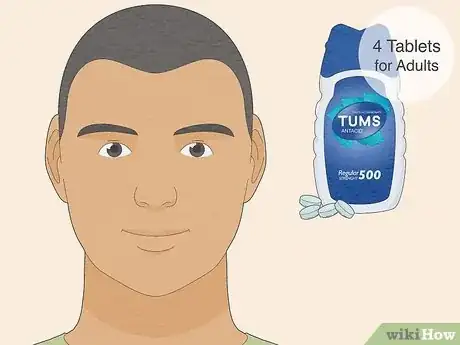
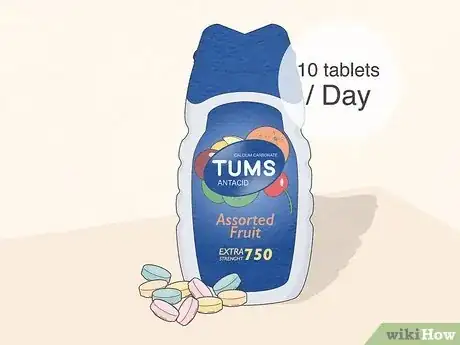

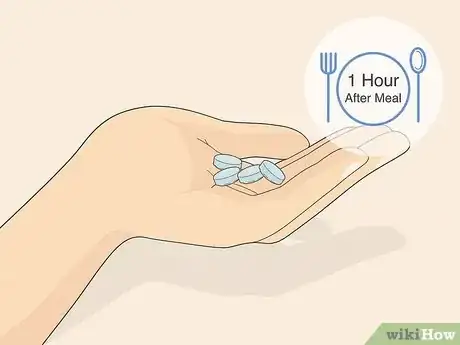
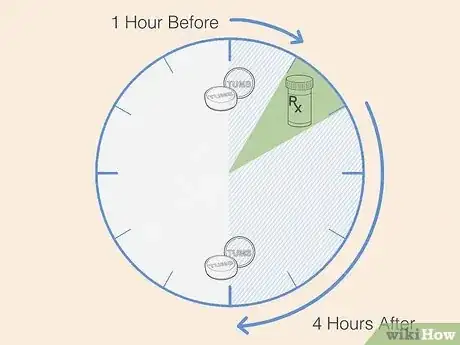


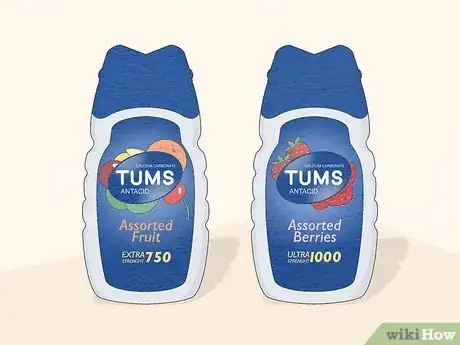


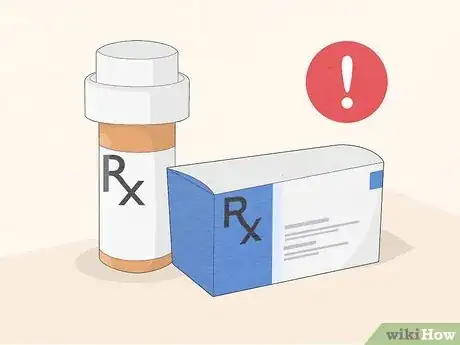

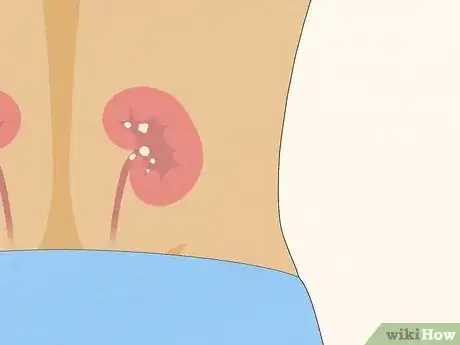






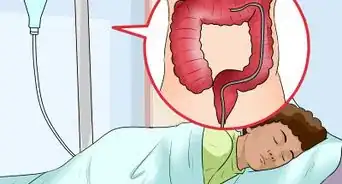

















































Medical Disclaimer
The content of this article is not intended to be a substitute for professional medical advice, examination, diagnosis, or treatment. You should always contact your doctor or other qualified healthcare professional before starting, changing, or stopping any kind of health treatment.
Read More...